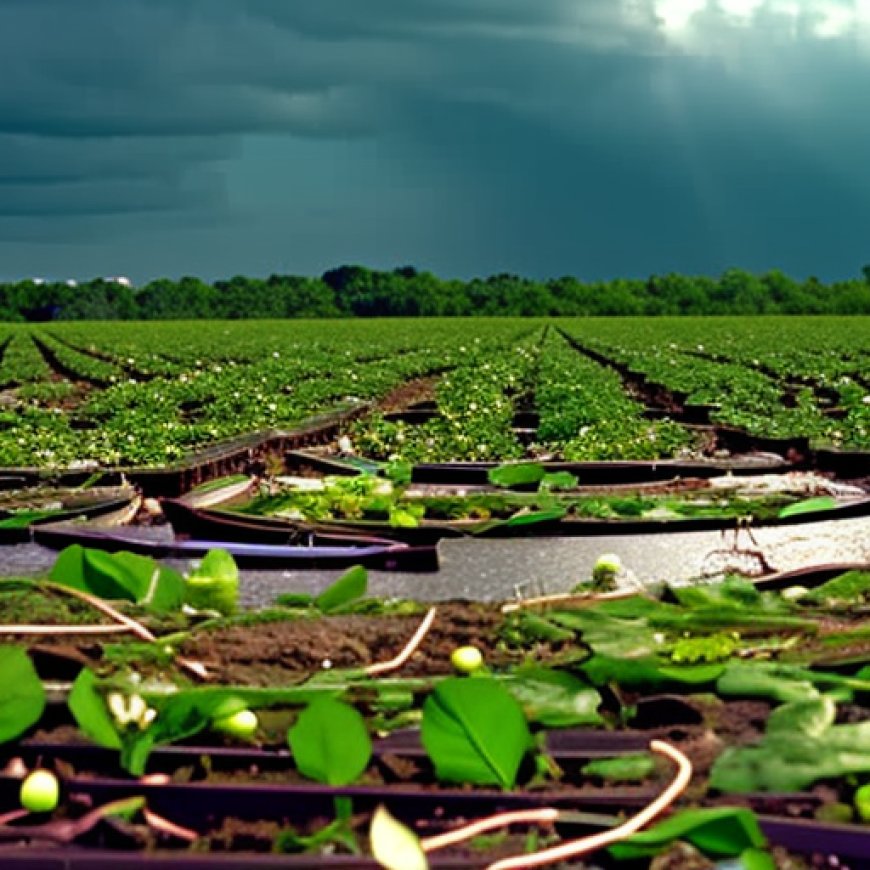Expanding Organics Recycling: Overcoming Challenges | AltEnergyMag
Expanding Organics Recycling: Overcoming Challenges AltEnergyMag


Expanding Organics Recycling: Overcoming Challenges
Shawn Kreloff, CEO | Bioenergy Devco
Adopting organics recycling can be a challenge for companies, overcoming those challenges requires innovative thinking, the creation of a new kind of infrastructure and raising awareness among end-consumers about the benefits of circular organics recycling.

Organics recycling is an important practice that helps food producers and purveyors reduce their environmental impact by redirecting food waste from landfills and turning it into valuable resources. The inefficient disposal of food waste has an enormous impact on the environment. Most often, these materials end up in an incinerator, where they are combusted and emitted as an environmental pollutant, or in a landfill, where they decompose and release methane, a harmful greenhouse gas. Adopting organics recycling can be a challenge for companies, as they struggle to implement effective programs. Overcoming those challenges requires innovative thinking, the creation of a new kind of infrastructure and raising awareness among end-consumers about the benefits of circular organics recycling.
Challenges in Expanding Circular Organics Recycling Programs
- Lack of infrastructure for collecting and processing organic waste
- Many companies and jurisdictions do not have the necessary equipment or personnel to collect and transport organic waste to a recycling facility
- Organics recycling facilities may not have the capacity to handle large volumes of food waste
- Collaboration between private sector and government
- Legislation can encourage or mandate organics diversion from landfills
- Legislation can provide financial support through tax credits, subsidies, grants, or low-interest loans
Partnering for Success in Organics Recycling
Organizations in the private and public sectors can partner with specialized companies to recycle organic food waste into clean, renewable energy. Anaerobic digestion (AD) is a sustainable, circular and economically viable solution that uses natural microbial processes to recycle organic material. AD facilities have been widely operated in Europe for more than 20 years and are now gaining traction in North America. By partnering with organizations like Bioenergy Devco, municipalities, companies, institutions, and utilities can finance, design, construct, and operate anaerobic digestion facilities worldwide.
Raising Consumer Awareness
One of the obstacles in creating or expanding circular organics recycling programs is the lack of consumer awareness. Many consumers are unaware of the negative impacts of food waste and the importance of recycling organic food waste. Education and outreach programs can be implemented to raise awareness about the benefits of organic waste recycling and the processes used in organics recycling. This can include distributing educational materials, hosting workshops and training sessions, and partnering with local schools and community organizations.
Economic Viability of Organics Recycling
Recycling organic waste can be expensive, and organizations may not see a direct financial benefit. However, anaerobic digestion facilities that rely on food waste create multiple revenue streams through waste collection, natural soil additives for agriculture, and renewable natural gas. Legislation can also create or expand markets for recycled organic products by requiring their use in public projects or redirecting organic material from landfills into organics recycling streams.
The Sustainable Development Goals (SDGs)
Expanding organics recycling aligns with several SDGs, including:
- SDG 12: Responsible Consumption and Production – Reducing food waste and promoting sustainable waste management
- SDG 13: Climate Action – Reducing greenhouse gas emissions through the diversion of organic waste from landfills
- SDG 15: Life on Land – Protecting ecosystems and biodiversity by reducing the environmental impact of food waste
By overcoming challenges and implementing effective circular organics recycling programs, organizations can contribute to the achievement of these SDGs while creating sustainable, economical, and effective recycling programs.
The content & opinions in this article are the author’s and do not necessarily represent the views of AltEnergyMag
SDGs, Targets, and Indicators
1. Which SDGs are addressed or connected to the issues highlighted in the article?
- SDG 12: Responsible Consumption and Production
- SDG 13: Climate Action
- SDG 15: Life on Land
2. What specific targets under those SDGs can be identified based on the article’s content?
- SDG 12.3: By 2030, halve per capita global food waste at the retail and consumer levels and reduce food losses along production and supply chains, including post-harvest losses.
- SDG 13.2: Integrate climate change measures into national policies, strategies, and planning.
- SDG 15.2: By 2020, promote the implementation of sustainable management of all types of forests, halt deforestation, restore degraded forests, and substantially increase afforestation and reforestation globally.
3. Are there any indicators mentioned or implied in the article that can be used to measure progress towards the identified targets?
- Indicator for SDG 12.3: Amount of food loss along production and supply chains.
- Indicator for SDG 13.2: Integration of climate change measures in legislation and policies.
- Indicator for SDG 15.2: Forest area as a proportion of total land area.
Table: SDGs, Targets, and Indicators
| SDGs | Targets | Indicators |
|---|---|---|
| SDG 12: Responsible Consumption and Production | Target 12.3: By 2030, halve per capita global food waste at the retail and consumer levels and reduce food losses along production and supply chains, including post-harvest losses. | Indicator: Amount of food loss along production and supply chains. |
| SDG 13: Climate Action | Target 13.2: Integrate climate change measures into national policies, strategies, and planning. | Indicator: Integration of climate change measures in legislation and policies. |
| SDG 15: Life on Land | Target 15.2: By 2020, promote the implementation of sustainable management of all types of forests, halt deforestation, restore degraded forests, and substantially increase afforestation and reforestation globally. | Indicator: Forest area as a proportion of total land area. |
Behold! This splendid article springs forth from the wellspring of knowledge, shaped by a wondrous proprietary AI technology that delved into a vast ocean of data, illuminating the path towards the Sustainable Development Goals. Remember that all rights are reserved by SDG Investors LLC, empowering us to champion progress together.
Source: altenergymag.com

Join us, as fellow seekers of change, on a transformative journey at https://sdgtalks.ai/welcome, where you can become a member and actively contribute to shaping a brighter future.







